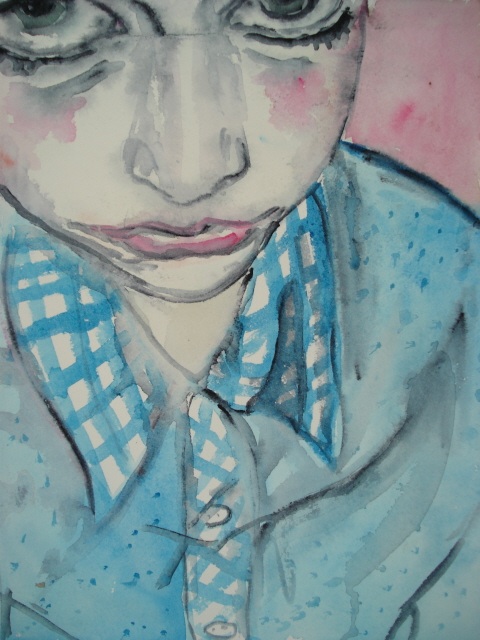





An English painter, who was one of the leading British artists, first half of the 18th century. He was trained as an engraver and by 1720 he had established his own business printing billheads, book illustrations and funeral tickets. In his spare time he learnt to paint, first at St. Martin's Lane Academy and then under Sir James Thornhill, whose daughter he married in 1729.
He made a name for himself with small family groups and conversation pieces. Around this time he also set himself up as a portrait painter. Afterwards, in c1731, he executed his first series of modern morality paintings, a totally new concept intended for wider dissemination through engraving. A Harlot's Progress (six scenes, that was destroyed by a fire) was followed by A Rake's Progress (c1735, eight scenes, London, Sir John Soane's Museum) and Marriage a la Mode (c1743, six scenes, London, National Gallery). So popular were the engravings of the first series that they were soon pirated, and Hogarth's campaign against the pirates led to the Copyright Act of 1735.
Hogarth compared his sequential paintings to theatrical performances, so in each series, minor vices and social affectations are incidentally satirized as the main theme - the punishment of a major vice - takes centre stage.
Also seen is the taste for all things French and Italian. A related series is The Election (1754, four scenes, London, Sir John Soane's Museum), while an independent painting in a similar vein is O the Roast Beef of Old England (1748, London, National Gallery).
Among his most famous portraits are the vivacious Shrimp Girl and the affectionate Artist's Servants (both London, Tate Gallery), both uncommissioned, while his most acclaimed official portrait was of a friend, Captain Coram (1740, London, Thomas Coram Foundation).
From 1735 to 1755 he ran his own academy in St. Martin's Lane, this being generally credited as an important forerunner of the Royal Academy founded a few years after his death in 1768.
Hogarth did more than any other artist to establish a credible English school of painting. In the late 1730s he gathered a group of painters together to paint history paintings for presentation to Thomas Coram's Foundation, the exhibition of which was immensely successful. In 1753 he published The Analysis of Beauty, written from the conviction that an artist has a better understanding of the arts than do connoisseurs.
beauty!!!
xxx






No comments:
Post a Comment